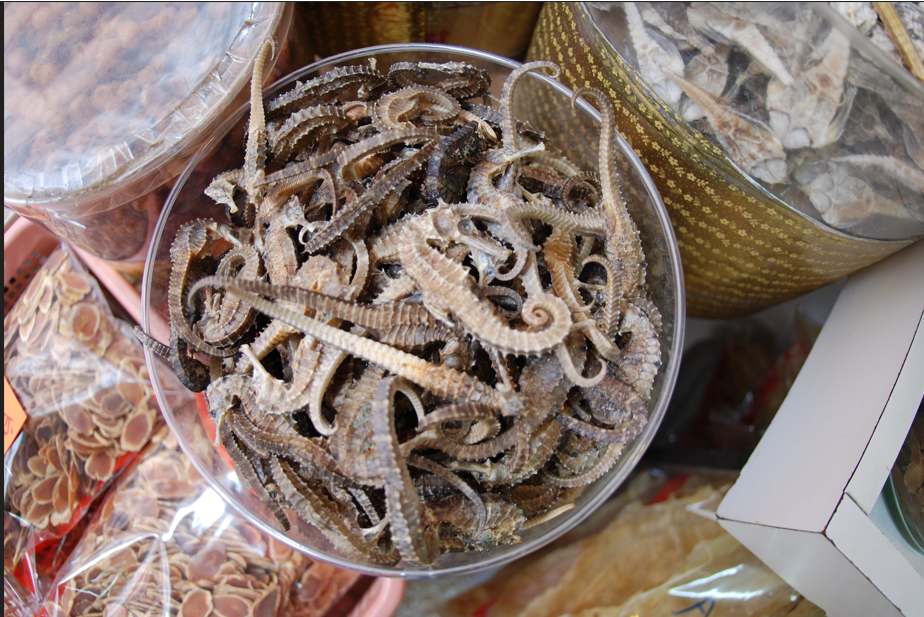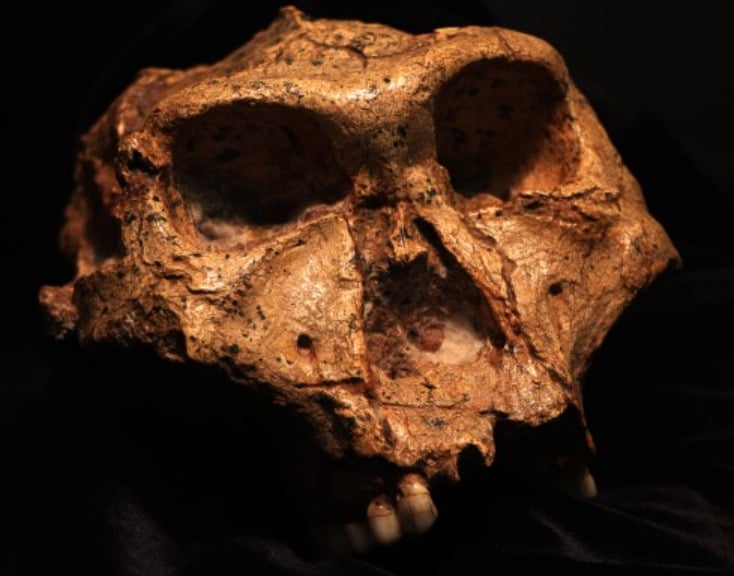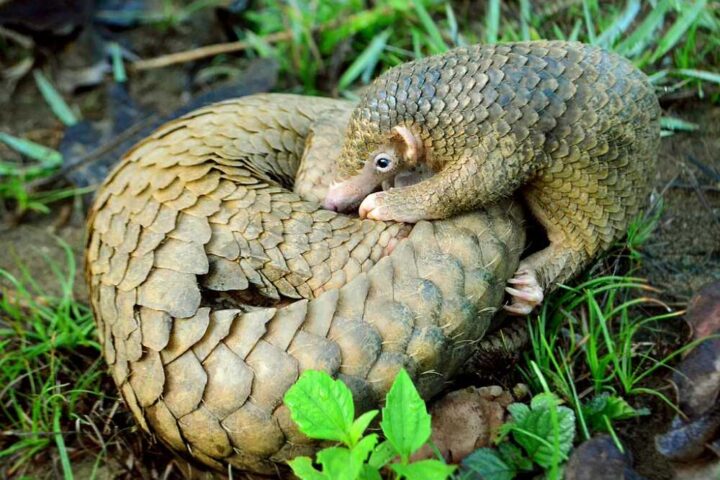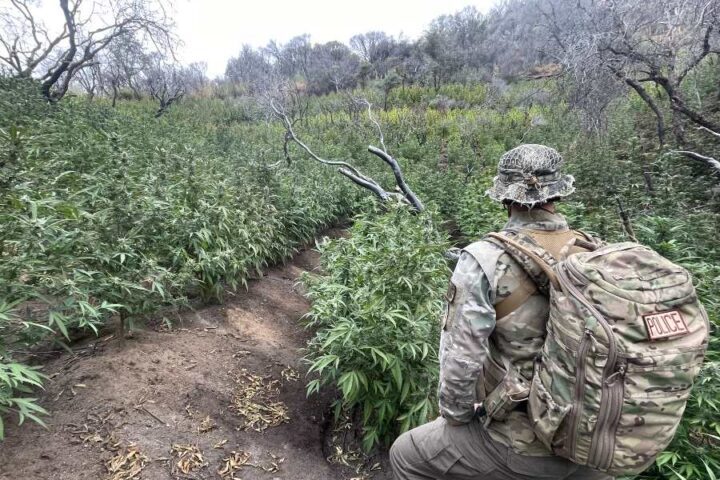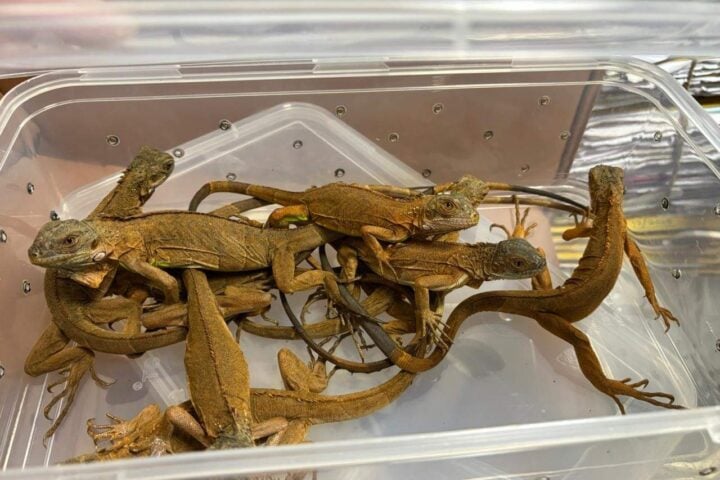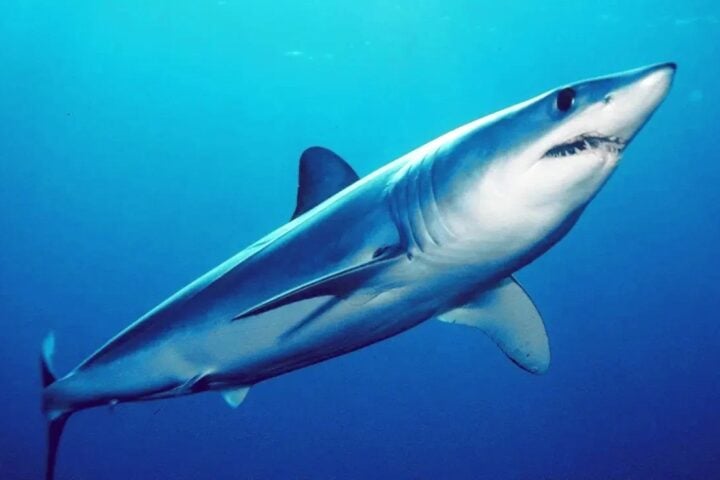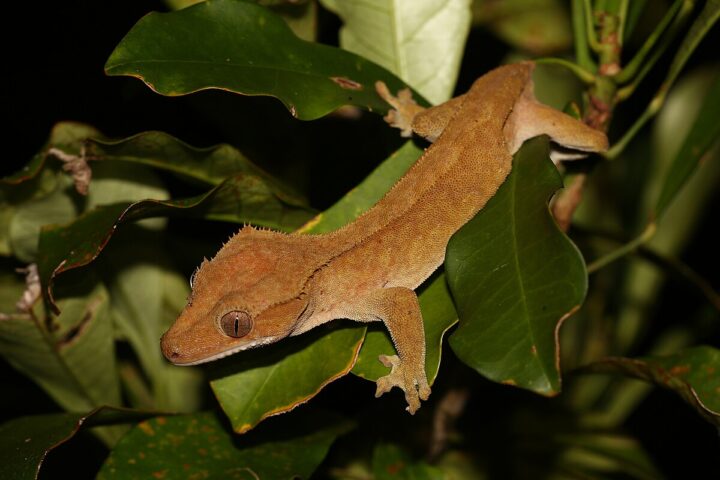Nearly five million smuggled seahorses worth about $29 million were seized worldwide over a 10-year period, according to new research from the University of British Columbia (UBC). But experts warn this represents just “the tip of the iceberg” in the illegal wildlife trade.
The study, published in Conservation Biology, analyzed almost 300 online seizure records from 2010 to 2021, uncovering smuggling incidents across 62 countries. Researchers found these tiny marine creatures are most commonly discovered in passenger luggage at airports or hidden in sea cargo shipments.
“The nearly 300 seizures we analyzed were based only on online records and voluntary disclosures including government notices and news stories,” said Dr. Sarah Foster, research associate at UBC’s Project Seahorse. “This means that what we’re seeing is just the tip of the iceberg.”
Dried seahorses, which sell for about $7 each on the black market, are primarily smuggled for use in traditional medicine. China and Hong Kong remain the main destinations, but researchers identified concerning new trends.
“Trade routes appear to be diversifying,” said Syd Ascione, a research biologist involved in the study. Seahorses are increasingly moving through Europe and Latin America, complicating enforcement efforts.
The illegal trade threatens seahorse populations worldwide. Seahorses play important roles in marine ecosystems as predators of small crustaceans and as indicators of overall ocean health. Their disappearance signals trouble for the seagrass beds, coral reefs, and mangroves they inhabit.
Similar Posts
Smugglers rarely transport seahorses alone. They’re often found alongside other illegal wildlife products like elephant ivory and pangolin scales, revealing connections to broader wildlife trafficking networks.
While international seahorse trade is legal with proper permits under the Convention on International Trade in Endangered Species (CITES), proving sustainability is difficult. This pushes much of the trade underground, making it harder to monitor and control.
Dr. Teale Phelps Bondaroff, director of research at OceansAsia and co-author of the study, called for stronger action: “All countries must step up with strong deterrents — good detective work, determined enforcement, and meaningful penalties — to shut down the illegal seahorse trade.”
The research found customs and enforcement agencies made most seizures, but only 7% of cases reported legal penalties. This lack of consequences allows the illegal trade to continue with minimal risk to smugglers.

Dr. Foster suggests a balanced approach to addressing the problem. “We need to make sustainable, legal trade viable enough that people obey the laws, and ensure that we also have sufficient deterrents to stop illegal activity.”
Protecting seahorses benefits everyone involved, including traditional medicine traders. As Dr. Foster noted from her work with traders in Hong Kong: “When we ask them, ‘How long do you want seahorses around?’, they say ‘Forever, they’re really important!’ And we agree.”
